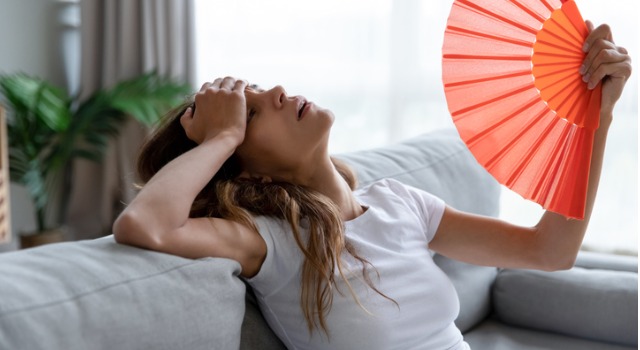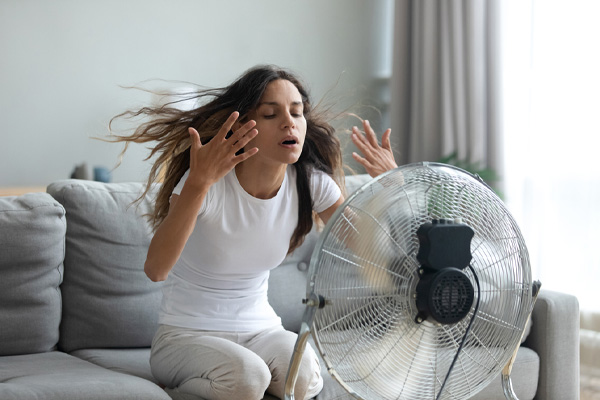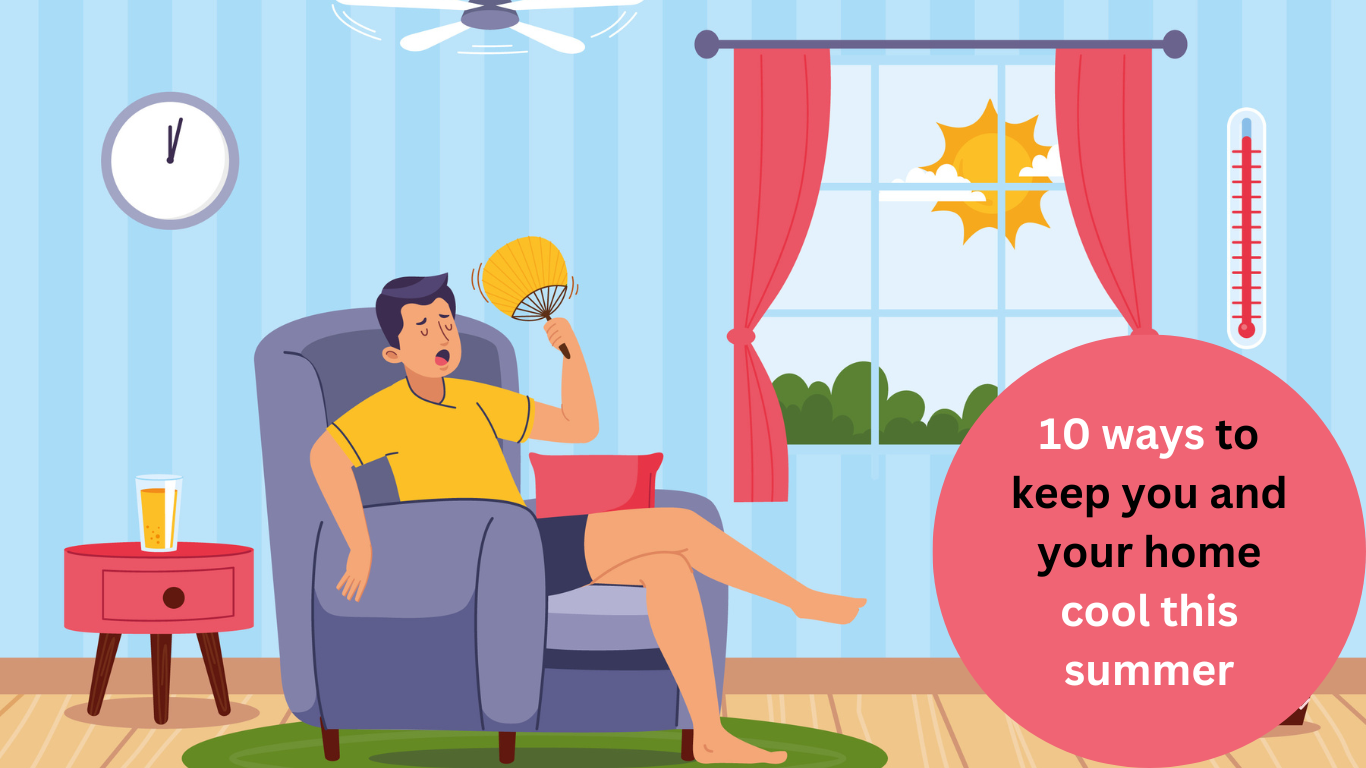Table of Content
This summer, you can be environmentally conscious while both keeping yourself and your home cool. This is the method.
Summertime for many means swimming pools, beach cricket, and barbeques.
However, there are days when the intense summer heat isn't as enjoyable, and turning on the air conditioning at home seems to be your only choice.
We've all had those moments when all you want to do is freeze your house and stop worrying about your energy bill for the upcoming quarter. However, it's crucial to keep in mind that summertime house conditioning takes a lot of energy, which increases greenhouse gas emissions and global warming.
Check out these 10 tips that will keep you and your house cool, save you money, and help you be kind to the earth:
1. Close your blinds
To greatly chill your home, keep your blinds closed, especially on windows facing north and west. Even better, spend your money on block-out drapes to protect your house from the intense summer heat.
Also Read: Explore 50+ Ideas for Main Gate Design
2. Block the heat
Spending less on cooling is the result of blocking heat from entering your home in the first place. Use external coverings to shade windows and walls, such as awnings, blinds, or big potted plants. Plant trees that will shade your house in the summer but allow light to enter in the winter. If you can, upgrade your ceiling insulation and get window tinting. These will assist keep the warmth in throughout the winter.

3. Just 1oCmore
If you must use your air conditioner, adjust the temperature to a reasonable level, usually between 24 and 27 degrees Celsius. In warm weather, you can save roughly 10% on your appliance's operating costs by simply turning up the thermostat by 1oC.
If you're seeking to replace your air conditioner, go for one with a high energy star rating and make sure you choose the proper kind for your house by doing your homework.
4. Adjust ceiling fans
It may occasionally seem as though ceiling fans do little more than circulate hot air throughout your house. You're not incorrect, though—fans that aren't spinning counterclockwise might be accomplishing just that!
Turn your ceiling fans clockwise in the winter to draw cold air upward and counter-clockwise in the summer to force air straight down and aid in cooling. The fan operates best on low in colder weather, and on high in warmer weather. The temperature of your home can be greatly affected by making sure your ceiling fans revolve in the right direction. Ceiling fans can also be used in conjunction with other cooling systems.

5. Close doors and seal gaps
To maintain cool air where you need it most, close the doors to any rooms you aren't using. To make sure the chilly air doesn't escape, use draught excluders and seal any gaps around doors and windows.
Note: Opening windows and doors to improve airflow around the house will make evaporative air conditioners more efficient.
Also Read: Simple Village House Designs In India - For Your Second Home
6. Hang out in the evening
During the day, closing your windows and remaining inside might be a fantastic idea, but in the evening, when it cools off, you might want to open your windows to allow natural cooling in. Just make sure to lock up at night!
Take advantage of whatever cool air you can get when cooking dinner outside in the park or backyard. It might be a more refreshing option than standing in a hot kitchen.
.jpg)
7. Chill out, not chill on
To cool yourself off without turning on the air conditioning, take a cold shower, put a damp towel to your neck and other pressure points, or drink something ice cold.
8. Hack a fan
Not even an air conditioner? Not to worry! You only need a strategically placed bowl of ice to transform a fan into a cool mist generator. To create an affordable, refreshing breeze, place a pan or shallow basin of ice in front of a fan.

9. Choose cotton
Cotton textiles aid in body cooling and are incredibly breathable. Put on airy, light garments made of breathable materials, such as cotton, and cover your bed with cotton sheets.
10. Change your lightbulbs
Lightbulbs may be the cause of your home's cooling issues if you're experiencing problems figuring them out. Although many homes still use them, incandescent and halogen light bulbs are being phased out in Australia. Energy-saving lightbulbs, such as LED lights, can assist reduce heat production and save a tonne of money on energy bills, so it's a win-win situation!
Also Read: 10 Designs of Wall mounted Beds to Optimize Space







Ans 1. Choose loose, light-weight, and breathable fabrics like linen or cotton over synthetics. Drink plenty of water throughout the day to stay hydrated. Tip: try freezing a bottle of water that can thaw into the perfect ice-cold beverage. Plan outdoor exercise for cooler times of the day like early morning or late evening.
Ans 2. Using a lidded box, foil, and recycled packaging materials, you can make a small, simple cooler. For a larger, more effective design, line a cardboard box with foam board. If you need something more portable, you could also sew an insulated lunch bag to keep items cold when you're on the go.
Ans 3. You should set the daytime temperature no lower than 78 degrees F (26 degrees C). This can save you 12 % in energy dollars compared to setting your thermostat to 74 degrees F (23 degrees C).
Ans 4. Drink lots of liquids — it doesn't have to be water! We also like cooling, milk-based drinks like lassi, a yogurt beverage popular in the summertime, and buttermilk. The key is to drink plenty of fluids to replenish the electrolytes lost in sweat and keep your body hydrated.
Ans 5. You should keep your air cooler in a well-ventilated room or area with good air circulation for it to work effectively. Additionally, air coolers require a constant supply of fresh air, so it's important to keep a window or door partially open when using them.